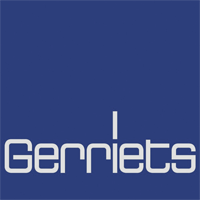25 Projection Screens 25
Rear Projection
The method of transmitting light through the surface of the substrate. Light sources can be from a projector, traditional lighting xture (ellipsoidal's, fresnel's, parcan's) or from intelligent moving lights. The light source is on the opposite side of the viewer, thus the viewer is looking at transmitted light through the projection surface. There are several types of rear projection screens ranging from very bright, narrow viewing areas to very even, wide viewing areas. Several factors must be considered when deciding which rear projection screen to use such as the type of projector being used, the brightness of the projector, projector placement/distance relative to the screen surface, ambient light level, viewing cone needed and color of the screen.
Advantages of Rear Projection Bright, crisp and high contrast images Ambient light less of a concern as compared to front projection
because color is typically grey or black (does not re ect as much light as a light colored surface).
No need to worry about shadows cast from projector. Screen tends to disappear when image is not projected due to darker color.
Disadvantages of Rear Projection Projector placement behind screen - Space limitation. Some hot spotting may occur depending on screen surface used.
Pr od
uc t:
OP ER
A Cr
ea m
y W
hi te
F ro
nt &
R ea
r Pr
oj ec
tio n
Sc re
en |
S iz
e: 3
3' h
ig h
x 18
4' w
id e
| P
ro je
ct : S
am su
ng IF
A Ex
hi bi
tio n
| P
ho to
: G er
rie ts
